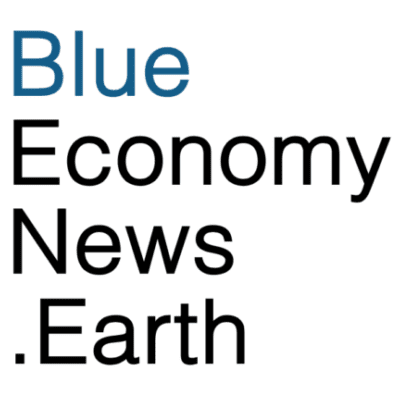The U.S. territory of Puerto Rico, which a comedian performing at a Trump rally called a “floating island of garbage” announced at the COP16 Conference on Biodiversity in Cali, Colombia, that it’s creating a new marine reserve that will protect seagrass, corals and endangered species.
Jardines Submarinos de Vega Baja y Manatí is the result of nearly two decades of grassroots efforts by local communities. It encompasses 202.7 square kilometers (77 square miles) of coastal coral reefs, mangroves, and seagrass beds home to more than 14 endangered species, including the Greater Caribbean Manatee. The area also hosts vibrant small-scale fisheries and a local ecotourism industry, and communities hope that new efforts to formally co-manage Jardines as a Marine Protected Area (MPA) will allow its waters to remain a source of food and income for local families for generations.
“This is a victory for the people,” said Ricardo Laureano, leading member of Vegabajeños Promoting Sustainable Environmental Development (VIDAS). “These ecosystems nourish us and sustain our quality of life. It took 16 years of hard work, starting in 2007, to get here. Over the years, we rallied neighbors, knocked on doors, and engaged local and national leaders to highlight the critical need to protect this Reserve.”
MPAs are intended to protect biodiversity and fishing stocks, create areas where important carbon sinks such as seagrass and mangroves can thrive, and offer a place where ecosystems can replenish without impacts from industries such as drilling or overfishing. They are essential to local food security and resilience against climate change. But more stringent requirements are needed as roughly 97% of the world’s 20,000 MPAs struggle to meet minimum management standards for protection.
The conservation movement for Jardines was led by a coalition of several local groups spearheaded by VIDAS, including Puerto Rico Sea Grant, Sociedad de Ambiente Marino, Surfrider Puerto Rico, Para la Naturaleza, and supported by international partners like Wildlife Conservation Society (WCS). The Jardines MPA represents a critical point of connectivity within the greater Caribbean. Since 2018, WCS has joined forces with the Caribbean Biological Corridor (CBC) – an intergovernmental platform that brings together the countries of the Greater Antilles – to advance and scale up marine conservation in the region. As part of this initiative, WCS supported local partners in Puerto Rico that worked with VIDAS to strengthen the Jardines MPA proposal and bring it across the finish line.
The next step will be the development of a co-management plan for the MPA. As the coalition looks ahead, securing funding and scientific support for designing a participatory management process is crucial. A formal legal framework, co-management agreements with local agencies, and a recurring budget will be essential for the project’s longevity.
“Our dream is for Jardines to be co-managed by the people who know it best—the local communities,” said Mariela Declet-Perez, leader of Descendants United for Nature, Adaptation, and Sustainability (DUNAS). “We aim to create co-management agreements that balance sustainable resource use, conservation, research, and eco-tourism. This will take time, but we are committed to supporting VIDAS and our local partners to ensure long-term success.”


